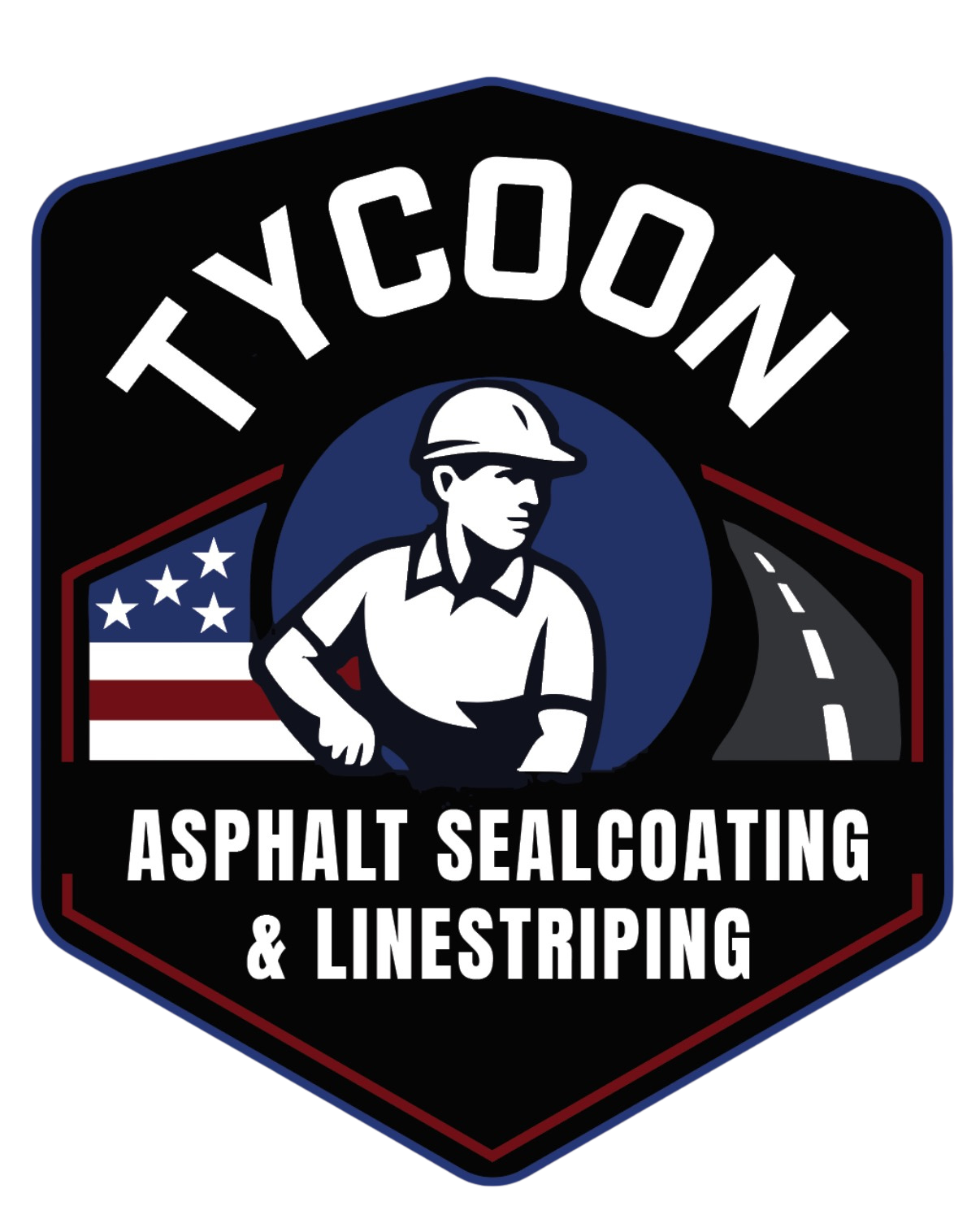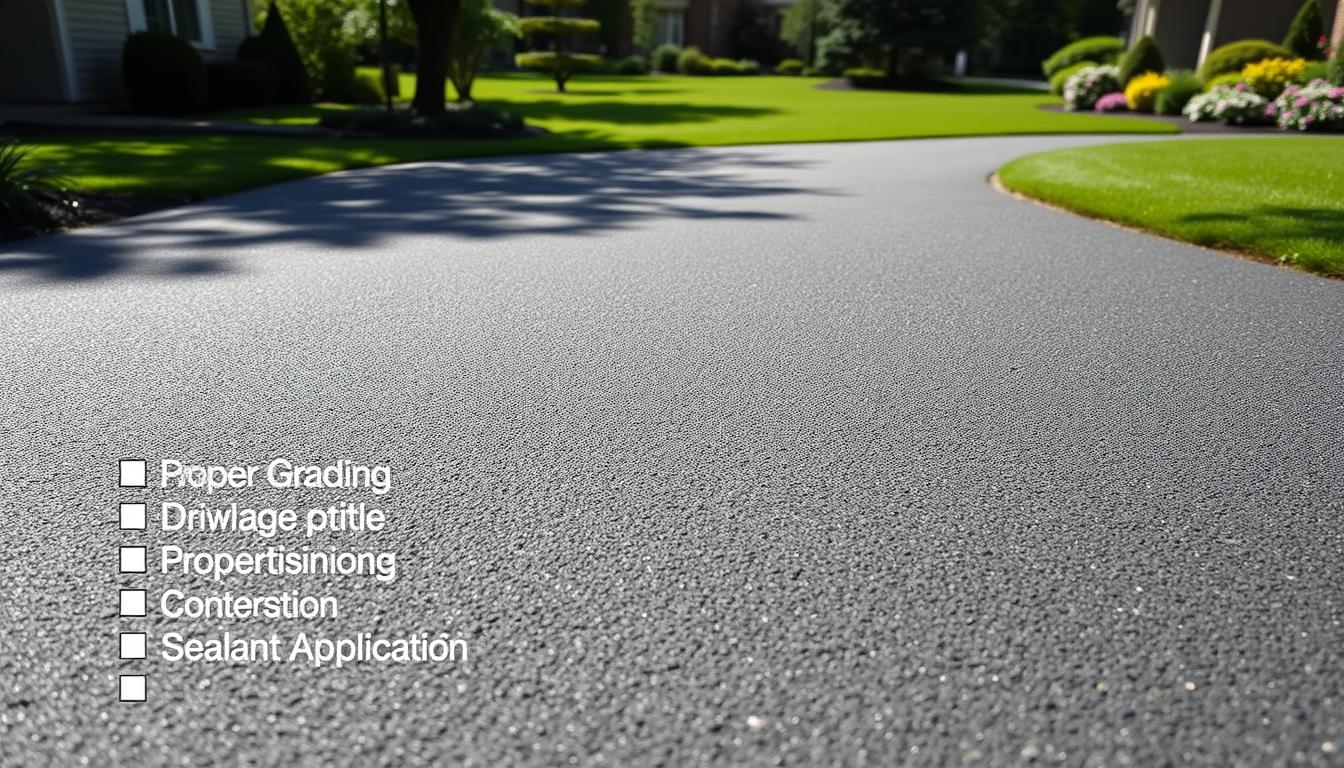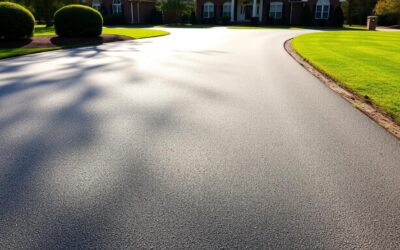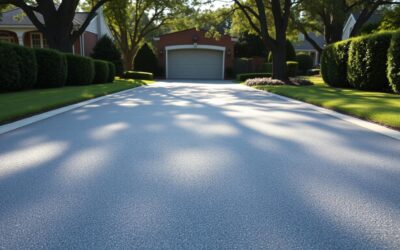We introduce a clear, step-by-step new asphalt driveway checklist charlotte homeowners can use to plan a smooth project from estimate to final walkthrough.
Our guide sets expectations for scope, permits, access rules, site design, and the materials and thickness choices that affect long-term performance.
We explain how North Carolina climate and humid summers influence scheduling and maintenance, so we pick timing that protects the surface and budget.
We also show how to vet contractors, organize documents, and map a safety plan for installation day to keep the job on time and on budget.
When you want experienced help, we link our residential paving services to provide estimates and guidance: residential paving services.
What this Charlotte-focused driveway checklist covers and how we’ll use it
We lay out a practical, step-by-step plan to guide your driveway project from early design through the first few years of care.
First, we break the work into clear phases: permits and access approvals, site and drainage evaluation, material specs, contractor selection, installation-day coordination, and ongoing maintenance. We call out where asphalt fits in the material choices and when installation timing matters.
Next, we show the best way to gather site photos, measurements, and notes so design and scope match local conditions. Clear records keep contractors aligned and reduce costly surprises.
We also clarify who handles each task. Some items are homeowner responsibilities; others are on the paving team. That division of labor speeds communication and keeps the project on schedule.
Finally, we define success metrics—quality, durability, and maintenance milestones—so we can track performance for years after completion. This gives us a simple way to judge results and plan routine care.
Permits, approvals, and driveway access rules we must satisfy in Charlotte
We walk through the permits, clearances, and access limits that keep traffic flowing and sites compliant. Before we set a location, we confirm whether CDOT plan approval applies or if a single-family exemption covers our lot while still following the Charlotte Streets Manual and CLDSM.
CDOT plan approval and single-family exemption
CDOT requires plan approval for any entrance built, moved, or altered to a public or network-required private street. Single-family homes may be exempt from formal plan submittal but must meet manual standards for safety and curb placement.
NCDOT permits and placement limits
If our access connects to a North Carolina roadway, we also need an NCDOT Driveway Permit. We verify clearances: 75 feet from unsignalized intersections and 200 feet from signalized ones, though CDOT can reduce those distances after safety review.
Curb cuts, cross-access, and drainage
Existing curb cuts may need closure or relocation and replacement with curb, planting strip, and sidewalk or shared-use path. We check for required cross-access with adjacent lots and plan easements where needed.
Finally, we must ensure the entry will not harm the drainage system. If it does, we include mitigation so approvals stay on schedule and traffic and safety goals are met.
Evaluate site conditions, drainage, and design before installation
Before we pin down access, we evaluate grades, soil, and runoff so the design keeps water away from foundations and the public right-of-way. This field review records highs and lows and identifies existing drainage the site relies on.
Grading the property and protecting the storm drainage system
We walk the property to record grades and soil conditions so the surface profile and structure shed water correctly. We check how culverts, inlets, and swales tie into the drainage system and note any conflicts developers must alter.
Managing water along edges and ensuring proper outflow
We shape edges to channel water into safe outflow paths and add stabilized shoulders when needed. This prevents edge raveling and preserves the surface while protecting downstream system performance.
Block, street, and access context that can affect design
We map intersections, nearby driveways, and lot constraints to pick a safe place for access that meets CDOT spacing and network goals. We confirm subgrade support, specify base thickness for the long-term structure, and plan frontage transitions to keep positive drainage away from the street.
All site conditions are documented in our design package so approvals move faster and the crew knows exactly how we will manage water and protect the drainage system during construction.
Choose materials and specs that fit Charlotte conditions and your property
We weigh material options and set specs so the surface performs well under local weather and daily use.
Asphalt paving basics: base, inches, and layered structure
We start with a well-compacted base to prevent sinking. Then we set the proper inches of asphalt for intended use.
A layered structure with a stable base and a durable top mix helps resist heat, storm runoff, and routine wear.
Comparing common types and material trade-offs
Asphalt offers value, quick installation, and easy repairs. Concrete lasts long and provides varied finishes but costs more.
Gravel is low-cost but needs more upkeep in heavy rain. Brick looks upscale yet requires sealing. Decomposed granite fits natural landscapes but may struggle in wet conditions.
Lifespan, maintenance, and total cost of ownership
We set expectations: reseal cycles, realistic lifespan, and edge support that reduce cracking. Your final choice balances upfront price, ongoing maintenance, and long-term durability.
Select the right contractor and plan the project timeline
Selecting the right contractor and a realistic timeline keeps our paving project on budget and on schedule. We focus on local experience, permit knowledge, and clear communication so approvals and access conditions do not stall work.
Verifying references, standards, and site coordination
We shortlist a contractor with proven local experience who follows the Streets Manual and CLDSM. Then we verify references for similar driveway scopes in our area to confirm quality and reliability.
When reviewing estimates, we read each line: base prep, layers, edges, and tie-ins. We make sure the scope matches the plan and any approvals that may also require curb or access modifications.
We ask how crews handle safety on active streets and how they coordinate with CDOT for access changes. We also set a schedule with weather contingencies and time for compaction tests and inspections.
Finally, we confirm permits, utility locates, staging logistics, warranties, and daily communication rules. Clear roles and documented changes keep the project compliant, safe, and on track.
Prepare for installation day: access, traffic, and site readiness
We start by confirming access routes for crews and equipment so deliveries and machines move the right way. We set cones, signs, and a simple traffic plan to protect workers and keep neighbors safe.
We clear the work area of cars, bins, and low branches and mark utilities before any machine arrives. If curb cuts move, we verify sidewalk and curb work is scheduled so the pavement ties in without harming drainage.
We stake the layout and check curb elevations and tie-ins to ensure the pavement slopes the correct way for drainage. We also plan temporary parking on side streets or with friends so residents know where to go during the time crews work.
Before we pave, we walk the site with the foreman to review soil and weather conditions and decide whether to proceed or pause. Finally, we stage materials to limit street blockage and set clear start, compact, and cool-down windows to protect the new surface.
Post-install steps: curing, early maintenance, and protecting the surface
After paving, our focus turns to curing, early care, and steps that protect the surface while it gains strength.
We keep traffic and parking off the new mat for the time the contractor recommends. Avoid tight turns, jack stands, and heavy pivots during the first weeks to limit wear tear.
Plan a first sealcoat in about 2–3 years to shield against UV, water, gas, oil, and oxidation. Light cleaning and periodic checks make upkeep easy to maintain and extend years of good condition.
Watch for hairline cracks, soft spots, or pooling. We schedule quick asphalt patching or crack seal when these early signs appear to keep water out and prevent potholes.
Sweep debris, rinse oil with asphalt-safe cleaners, and avoid parking heavy loads in one place. Document the lot and property condition with photos so warranty conversations are clear and timely.
Pave the way to years of performance: maintenance habits that pay off
Small, regular actions add up to big gains in lifespan and fewer costly repairs down the road.
We set a simple maintenance plan: monthly sweeping, seasonal inspections, and sealcoating about every 2–3 years. Treat oil spots with asphalt-safe cleaners and fill cracks early with asphalt patching to keep water out of the structure.
Rotate where we park heavier vehicles and avoid tight turns to reduce stress on one spot. Trim grass, clear edge drainage, and pull any sprouting weed growth fast so roots do not undermine the base.
With these habits, a well-built surface in North Carolina can last 20+ years. We take photos after storms and work with a trusted paving pro for periodic checks to protect our property and keep the lot performing.




0 Comments